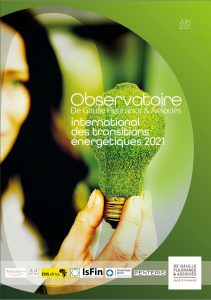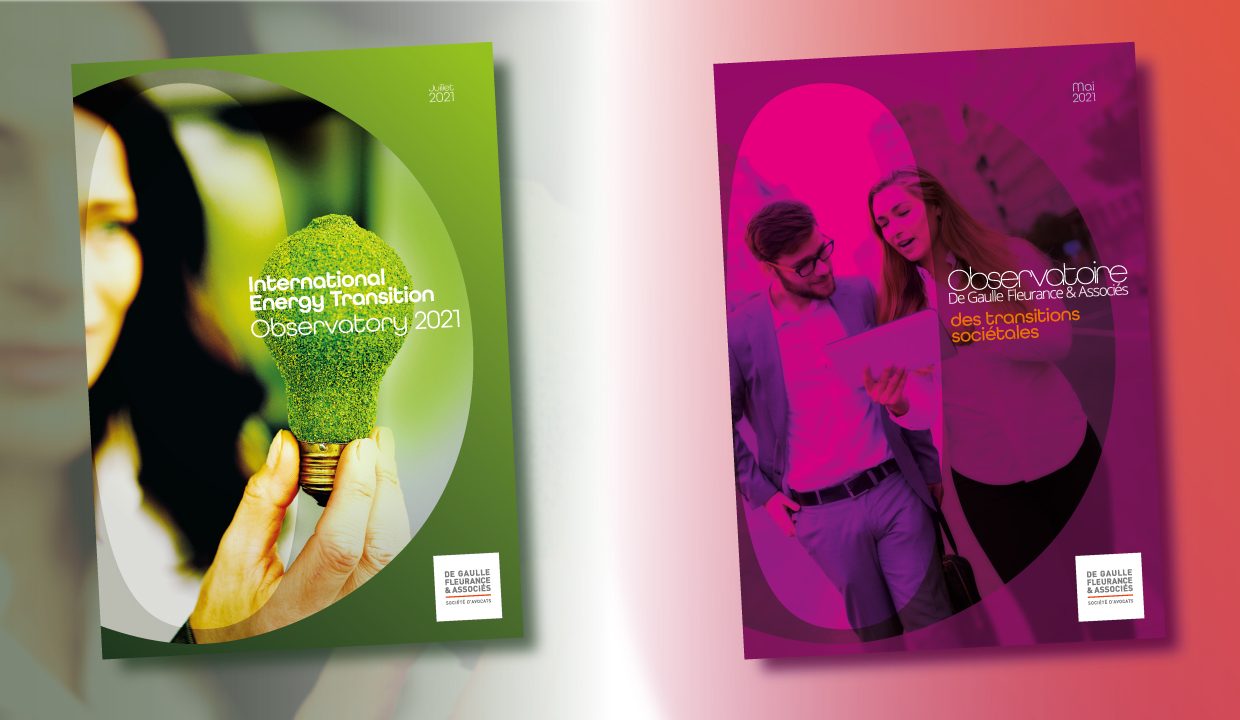With these Observatories, De Gaulle Fleurance & Associés shares its expertise and feeds the public debate on issues as important as ecological and societal transitions. These are key transitions for the companies we support, and they help us move towards a world that is more respectful of people and the environment.
In the first edition, our lawyers noted that energy and societal transitions have been in the making for over 20 years. With these two new observatories, our specialized lawyers note that these transitions have accelerated both nationally and internationally.
The observatory of societal transitions 2021
Unveiled at the 10th Dialogues on Inclusion and CSR, the Observatory shows that these transitions have accelerated further, under pressure from civil society, NGOs and consumers, but also from shareholders, investors, companies and public authorities.
3 key figures:
- 85% of CAC40 companies cite a reason for being in 2021 (vs. 50% in 2020).
- 11 proceedings (including 7 formal notices and 4 summonses) have been based on the duty of care law since its adoption in 2017.
- 72% of the 2020 referrals to national contact points, in charge of compliance with the OECD guidelines on corporate responsibility, concern human rights.

Find the De Gaulle Fleurance Observatory of Societal Transitions 2021 here
The International Energy Transition Observatory 2021
De Gaulle Fleurance & Associés, in collaboration with five law firms (AlMaghthawi & Partners, DaWo Law Firm Shangai, Khaitan & Co, ENSafrica and Penteris) and ISFIN, provides an update on energy transitions in South Africa, Saudi Arabia, China, France, India and Poland.
6 key figures
- 75%. This represents the South African share of the global platinum reserves (essential to the electrolysis process leading to green hydrogen production).
- 650 tonnes. This is the volume of green hydrogen that will be produced every day in Saudi Arabia, upon completion of the first and unique ambitious project of this type in the Kingdom. An amount enough to supply 20,000 buses and air product.
- +8,4 %. This is the annual growth in renewable energy production in China in 2020.
- 58%. This is the share of court decisions favourable to wind projects in France in 2020 (down by 8 points compared to the last 5 years).
- 1.99 Rupees. This is the very low renewable energy rate in India which has been divided by 6 over the course of 10 years.
- 1.5 to 2 km. This is the regulatory distance between a wind turbine and another establishment in Poland, a constraint that hinders their development.

Find the International Observatory of Energy Transitions 2021 here
